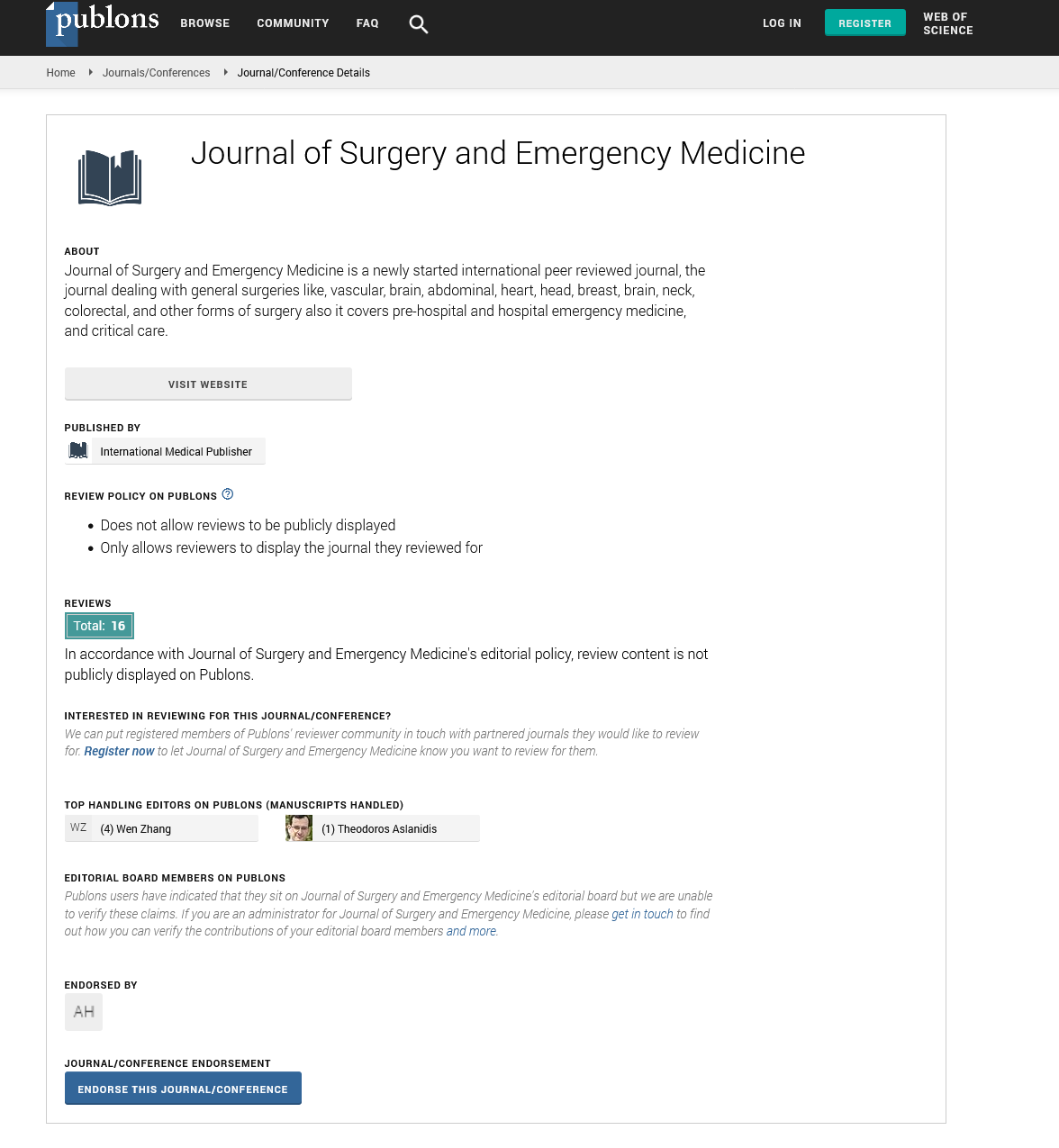Abstract
Patterns of paediatric forearm fractures at a level I trauma centre in KSA
Objectives: The current literature does not clearly elaborate the pattern of paediatric forearm fractures. This study aims to identify patterns of paediatric forearm fractures in KSA.
Methods: This retrospective study was conducted in a level I trauma centre. The study population comprised patients up to 18 years of age who presented with forearm fractures between 2007 and 2015. The demographic data of the recruited patients were obtained from medical files, and fractures were identified using plain films. Mean and standard deviations were used for continuous variables, whereas frequencies and percentages were used for categorical variables.
Results: This study included 318 patients, ranging in age from 1.2 to 18 years (average: 10.42 _ 4.56 years). The majority were boys (80.8%) and 53.1% were <12 years of age. Girls were significantly more prevalent in the <12-year-old group than in the _12-year-old group (p < 0.001). A fall was the mechanism of injury in the majority of patients (82.1%) in the <12-year-old group compared with the _12-year-old group (p < 0.001). There was no statistically significant difference in fracture site between the two age groups. The distal forearm was the most common site fractured (47.8%), followed by the distal third of the forearm diaphysis (34.2%).
Conclusion: Forearm fractures are commonly seen in school-age boys. The distal radius is the most commonly fractured site reported in this study. A fall was the most common mechanism of injury, and safety measures should be implemented in places where children frequently gather.
Author(s): Anas Hassan
Abstract | PDF
Share This Article
Google Scholar citation report
Citations : 131
Journal of Surgery and Emergency Medicine received 131 citations as per Google Scholar report
Journal of Surgery and Emergency Medicine peer review process verified at publons
Abstracted/Indexed in
- Google Scholar
- Publons
Open Access Journals
- Aquaculture & Veterinary Science
- Chemistry & Chemical Sciences
- Clinical Sciences
- Engineering
- General Science
- Genetics & Molecular Biology
- Health Care & Nursing
- Immunology & Microbiology
- Materials Science
- Mathematics & Physics
- Medical Sciences
- Neurology & Psychiatry
- Oncology & Cancer Science
- Pharmaceutical Sciences
